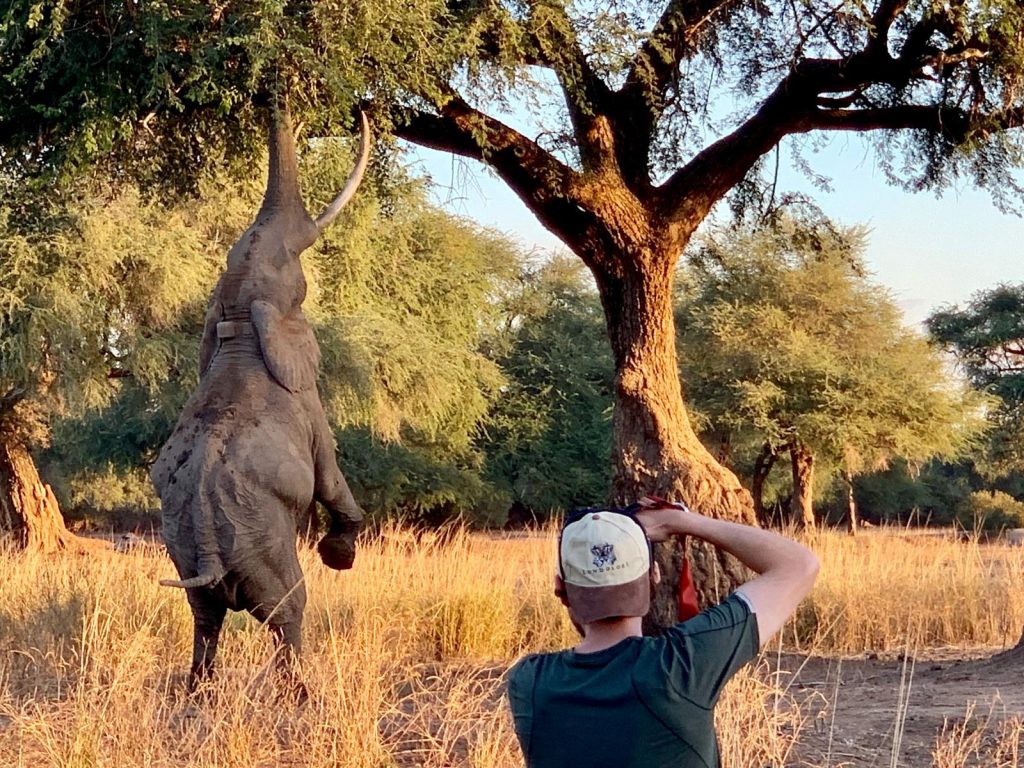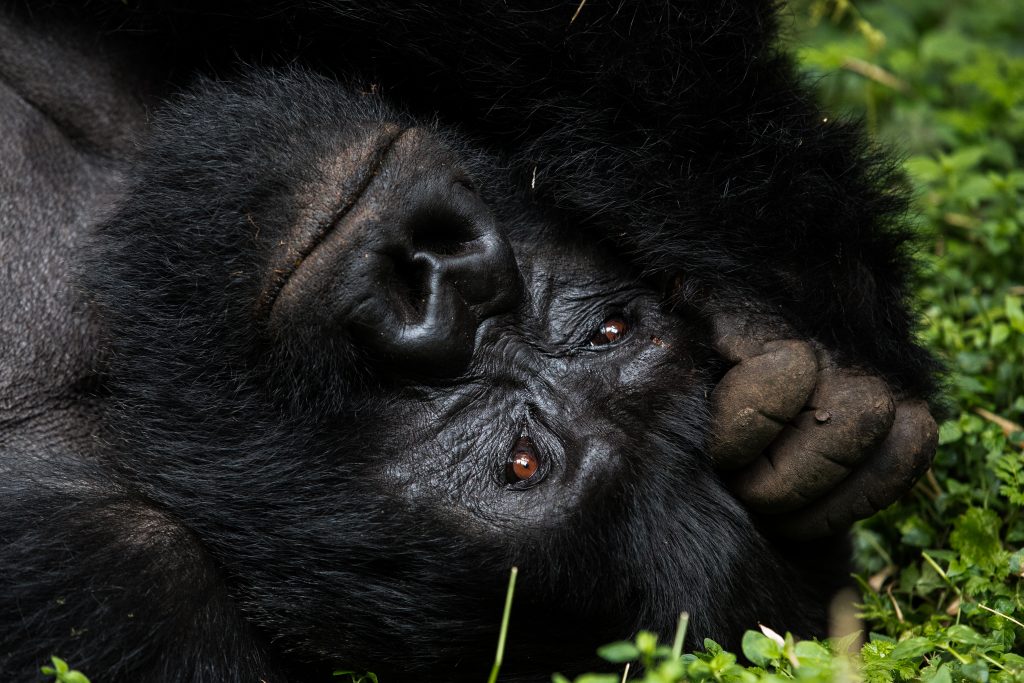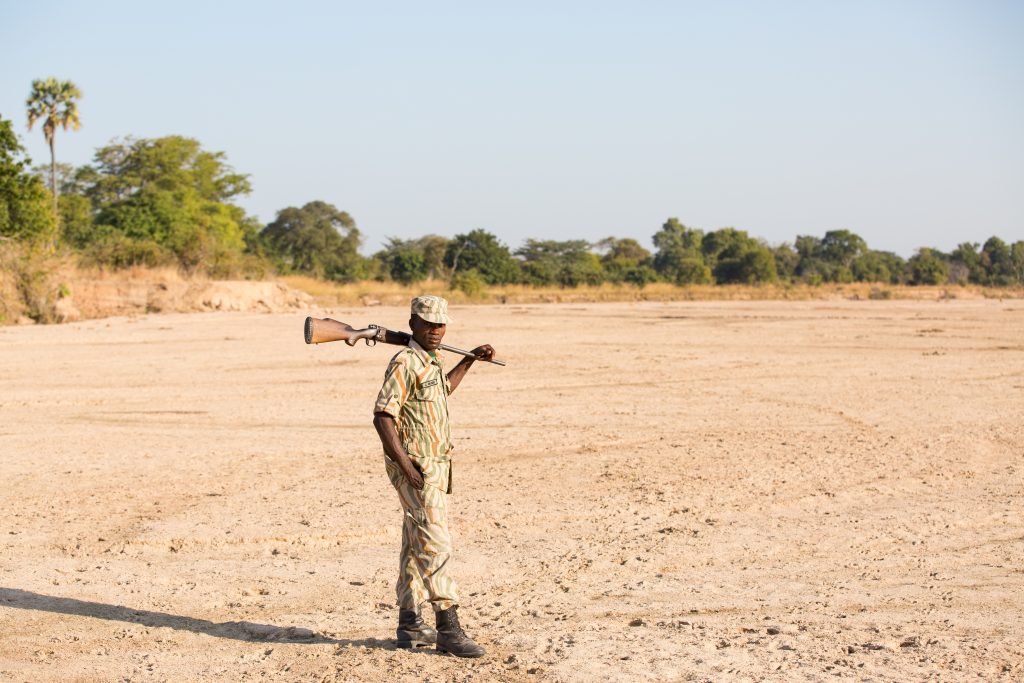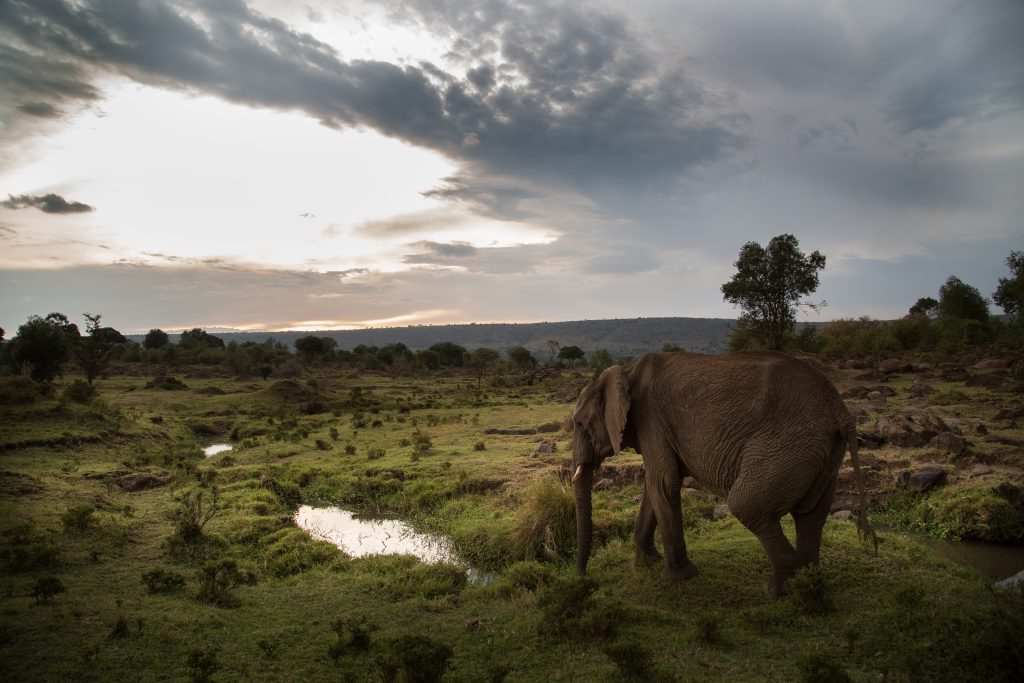It is 7 in the morning, and I am having coffee outside the house, contemplating the acacia trees and listening to birds communicating with one another. I think to myself how sad it is that we are losing wildlife in this day and age. I feel extremely connected to this land I live in and to the wildlife around me and wish people should have learned the value of these animals and had made a personal connection with them by now.
Perhaps, the fact that I get to live in Tanzania, the land of our youth, boosts this connection with the wilderness around me. As I sip my coffee, I explore ways to bring people closer to nature and promote human-wildlife coexistence. Today, I think about photography. As I am learning to take my first wildlife photographs, I wonder how photography could be a tool to help people make a personal connection to the environment and desire coexistence.
I finish my coffee and head inside the house to do some research and conclude that the best thing to do is talk to Charlie Wemyss Dunn, a wildlife photographer which whom I have been having conversations about coexistence.
Charlie started with photography when he was just 17. He got this professional camera for Christmas, something he had never used before, right when he was heading out on a school trip to Nepal via the biology department.
Upon going to Nepal, he fell in love with photography, and self-taught himself to take photographs. To Charlie, there was something special about going to the south of the country to Chitwan National Park. It was his first taste of true wilderness outside of the UK, and it blew him away. From there, his passion for wildlife photography grew.
‘On that trip, we came across the most incredible sighting of a big male tiger. We were the only ones there and the tiger appeared from the elephant grass. When I look at those photographs I still feel captivated by the wildlife and landscapes.’

I completely relate to Charlie’s feelings. There is something special about photographs. They have the power to take you back to moments you lived and to moments you haven’t necessarily lived and make you feel like you were there. They can help you build that special connection with a person, animal or landscape. So perhaps, we are on the right track for using photographs as a coexistence tool.
Charlie and I also discuss what elements contribute to making a great photograph of a wild animal. To him, one should aim to take a photograph of the animal in its natural environment to capture the essence because when you capture the essence the message of coexistence goes a long way and gives people a sense of kinship.
‘One of my photographs has a leopard in the shadows. There is just the face and eye in a shot of sunlight. To me, that captures the essence of a leopard, and I would like to think that viewers looking at a photograph like that would not just be captivated by a pretty image but see the essence of the animal and build the desire to coexist with them and not persecute them.’
Also, with wildlife that is very close to us, like gorillas, Charlie says that photographs can tell the story of our shared genetics, whether it is by capturing a beautiful portrait right into the eyes of a silverback male or showing a mother with her baby playing. The tenderness is there, Charlie says. Those are the types of things that tell a story of how close they are to us and builds a level of coexistence.
Charlie also mentions the importance of capturing humans sharing those landscapes with wildlife. The Maasai tribe coexisting with wildlife, the conservationists on the front line doing the hard work, whether it is working to reintegrate rhinos or collaring a lion, and the trackers and guides showing wildlife to people and contributing to building those connections.
Then, we talk about what is missing in the way we communicate coexistence. Charlie thinks that many photographs are just captured for their artistic worth and that we should go beyond that and explain the stories behind the images. Explain why there are lions there, what their lifestyle is and why you took that photograph. There are also many photographs showcasing how great a place is, but they need a dose of reality as per the challenges those places face.
‘I know some people don’t want to hear it, especially on a platform like Instagram, but it does not necessarily have to be bad news, it can be just some notes about wildlife threats, why their habitat is shrinking, why their numbers are shrinking and what their numbers are now. This sort of bad news can then be coupled with what is being done to stop that and how you can contribute to preventing that. Provide some positives. That, to me, is building coexistence and making sure people are aware of the challenges that wildlife, landscapes and people face. Coexistence is also a challenge for the people.’
There is something about Charlie’s last words that resonate with me. ‘Coexistence is also a challenge for the people’. We often place ourselves out of the equation, and we need to change that. Wildlife and wilderness are not something that is out there and has nothing to do with us. We are part of it, and photography can help create that understanding and bring proximity to the wilderness. In the end, is the land of our youth.

Gishishamwotsi
The silverback in waiting of the Sabyinyo group of mountain gorillas deeply contemplates our group visiting him in his mountain home. There is no experience more humbling for human travellers than coming face to face with some of our oldest relatives. These treks have led to a conservation success story with mountain gorilla numbers on the rise and local communities in the area benefitting from tourist revenue. – Charlie Wemyss Dunn

Luangwa Tracker
Involving local communities in conservation is one reason for high success in South Luangwa National Park in Zambia where all rangers are hired from surrounding areas and help guide guests through the landscape. These rangers accompany all tourist groups and rotate among the many camps in the reserve while taking guests on walking excursions in tandem with camp guides. – Charlie Wemyss Dunn

Mara Elephant
A fragile yet critical landscape surrounds the famous Masai Mara Reserve in Kenya in the form of the Mara conservancies. These lands are leased from local Maasai landowners who are paid rent by commercial operators in order to keep the land wild and create an important buffer zone for wildlife to disperse into from the crowded reserve. – Charlie Wemyss Dunn

